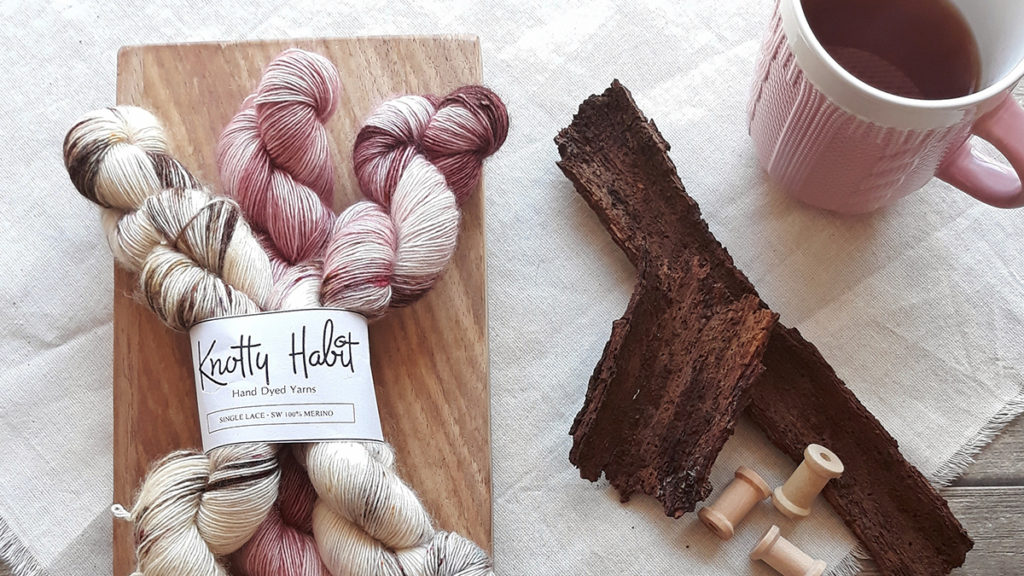Choosing the right sewing thread for your project seems like a basic “Sewing 101” type of a decision, but many people don’t realise just how many different types of sewing threads are out there, and how important this seemingly minute detail is when it comes to the overall integrity and quality of your finished product.

So what exactly is a sewing thread?
Coats.com has a comprehensive guide with all the technical and engineering details about sewing threads – we highly recommend taking a few minutes to go through it.
Simply put, sewing threads are different types of yarns that are designed and engineered to work seamlessly with sewing machines. Their main function is to create stitches and seams in products that are lasting and helps the product maintain its shape, form, and functionality.
Thread that is too small or weak will leave you with a product that falls apart, and thread that is too wide or coarse may split or tear the fabric. But at the same time, thread that is too small or weak for one product could be perfect for another. So it’s critically important that we understand the nature of the different threads available, and how we can choose the right one for your product.
Let’s start with the fibre:
Each type of fibre has its own unique properties that should be taken into consideration when making your selection. Threads can be generally categorised into the following:
- Cotton threads – these are found on reels in most haberdashery and craft stores and are ideal for basic sewing projects and for use with delicate fabric such as lingerie or sheer materials. The downside is that cotton threads have little “give” and can snap easily when used with stretchy fabrics such as stretch knit fabric. Within this category, there are many different varieties of cotton threads too – quilting thread, stranded cotton, all-purpose cotton, etc.
- Polyester threads – these are strong threads that provide excellent give for sewing fabrics that stretch and for those such as woven synthetics, knits, and stretch fabrics. These are suitable for most machine and hand-sewn projects. Polyester threads are cheap and widely available and are the most popular as it works with most fabrics. However, it generally comes with a shiny or transparent finish, which is not appropriate for all products.
- Heavy-duty threads – Heavy-duty threads are used for soft furnishings and home decoration products such as heavy drapes, upholstery, or even heavy coats. These can be made from cotton, cotton-wrapped polyester, or polyester.
- Nylon threads – these are strong, fine threads that work well with light-medium weight synthetic fabrics
- Silk threads – these are excellent for sewing on silk and wool and when paired with the right needle, it doesn’t leave holes in the fabric. Silk floss, twisted silk, stranded silk, silk ribbons are all options within this category.
- Wool threads – these work well with heavy fabrics such as wool or canvas, and are often used for embroidery or heavier products such as blankets.
- Machine threads – these are threads most often used with sewing machines. Bobbin threads are the most common as it is affordable and come in various options. But these tend to be best for general sewing projects and are often not sufficient for construction purposes.
- Metallic threads – these are used for embroidery and embellishment on products such as handbags.

What are the selection criteria when choosing sewing threads?
Some of the most important characteristics we consider when choosing the right sewing thread for any project include:
- Seam strength – how well the stitched seams of the finished product is held together during regular use of the finished product.
- Abrasion resistance – how well it performs when sewing
- Elasticity – does the finished product require more or less elasticity in its stitched seams? For instance, a leather jacket would require far less elasticity than a women’s tank top.
- Chemical resistance – will the product and thread be exposed to chemical agents through regular drycleaning or bleaching?
- Flammability – certain products need to meet industry standards for flammability, such as infant sleepwear.
- Colour fastness – how well the thread will maintain its colour without fading under regular use. Again this depends on the product – for example, a sports top would be subject to perspiration and regular washing, whereas a winter jacket would not.
As you can see, choosing the right thread for your project is quite an involved process. It will mostly be decided by the purpose of your finished product, and your choice of fabric.
- The thread should match the size, weight, and properties of the fabric you are using
- The thread selected should complement the content of the chosen fabric
- There is no right or wrong colour – it depends on whether you want something that matches your fabric or if you want a contrasting colour for design reasons. (Here’s a handy colour chart for your reference!)
- Poor quality and cheap thread can cause more trouble than it’s worth – they can cause sewing machines to malfunction, seams to break open and damage delicate fabric. So always choose the best thread you can afford instead on what’s on hand and cheapest to buy.
Feeling a little overwhelmed by all the information about sewing threads?
Have no idea where to even begin to choose the right one for your project?
We’re here to help. Our team of sewing experts at Interconnected will be able to guide you towards making the best choice for your project.
Click here to book an appointment to speak to one of our consultants!

